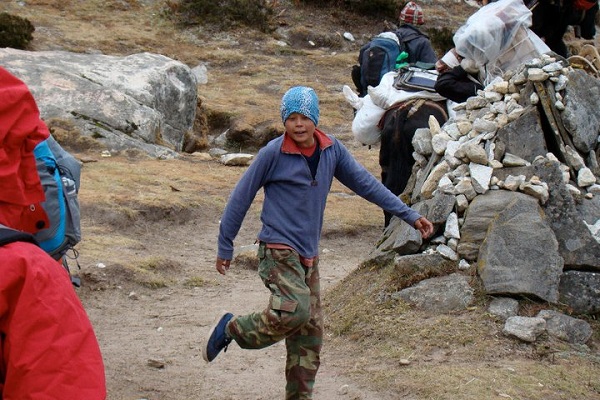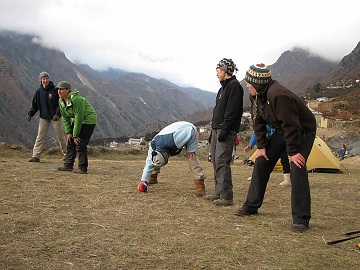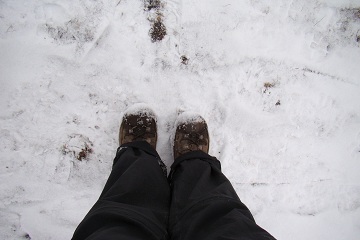1. Stumble-proof
I CAN’T STOP STARING at my KEEN hiking boots.
Not because they are brand new. The salesman at REI told me to break them in before my trek in Nepal, and I did. Together, my boots and I soldiered through about thirty hours of hiking on the trails back home in Northern California. The boots have faded a little, and they’ve accumulated a thin layer of dust.



